(Ver versión en Español 🇲🇽)
Palizada, Campeche: A Colonial Charm on the Riverbank.

Events.
We’re sharing our February events schedule with you! Embark on a journey through Palizada with us.
Reservations: bit.ly/Reservaciones_Aduana
Telephone: +52 981 113 9284

Discover the history of Palizada
Palizada, a magical and picturesque town located in the state of Campeche, Mexico, is a historical gem known for its cultural richness, architectural charm, and privileged natural surroundings. Founded during the colonial era, Palizada has played a crucial role in the region’s history, from its origins as an important river port to its current recognition as a Pueblo Mágico.
During the 18th and 19th centuries, Palizada experienced an economic boom thanks to river trade. Its strategic location made it a vital connection between the Gulf of Mexico and the country’s interior. The exploitation of logwood attracted European merchants, leading to architectural development influenced by French styles, evident in the elegant houses with red tile roofs imported from Marseille, which today are a distinctive symbol of the city.
Economic activity brought demographic growth and the construction of significant infrastructure, such as churches, plazas, and schools, reflecting the municipality’s prosperity.
Special Menu
Starting February 7th, we will have a special menu featuring typical dishes from Palizada, available until February 23rd. Don’t miss out on this journey through Palizada.

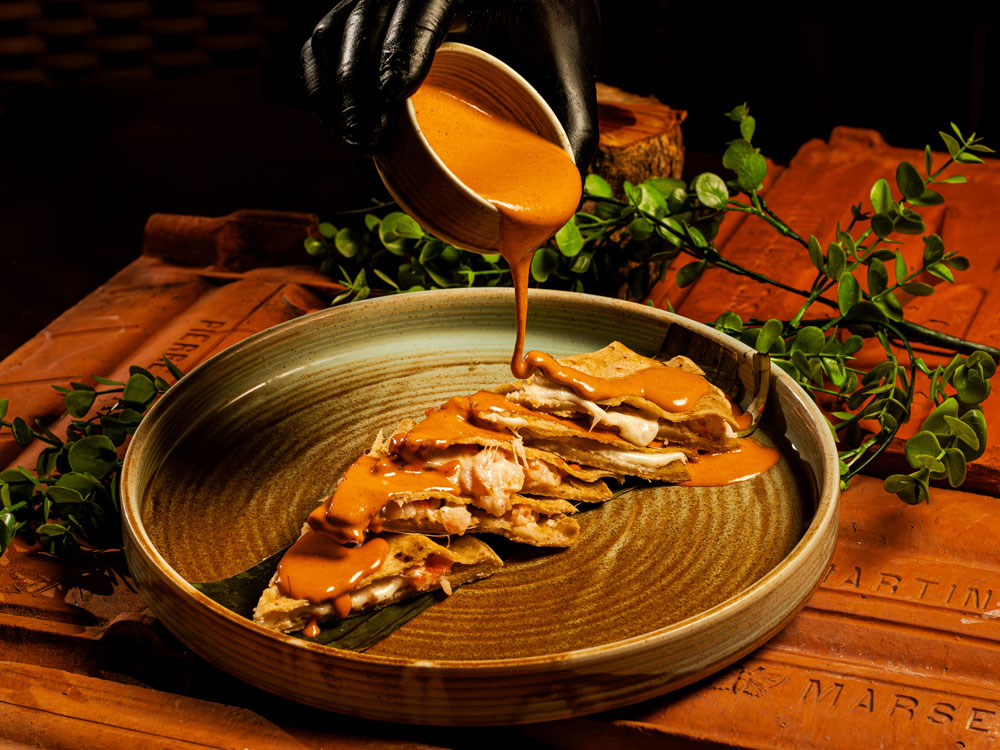
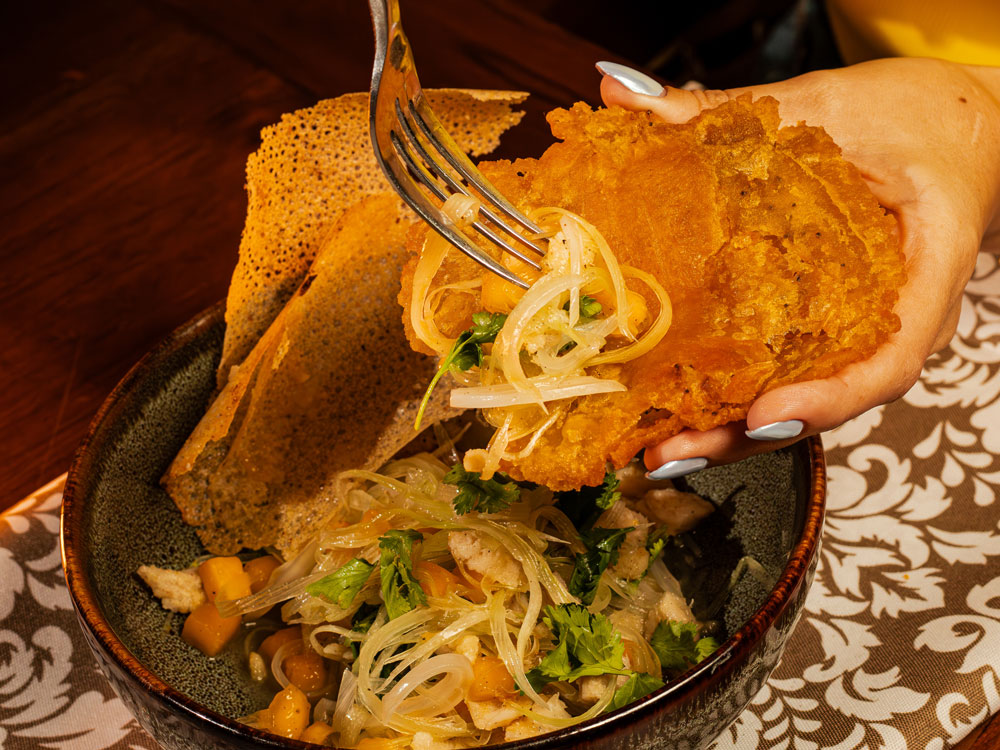
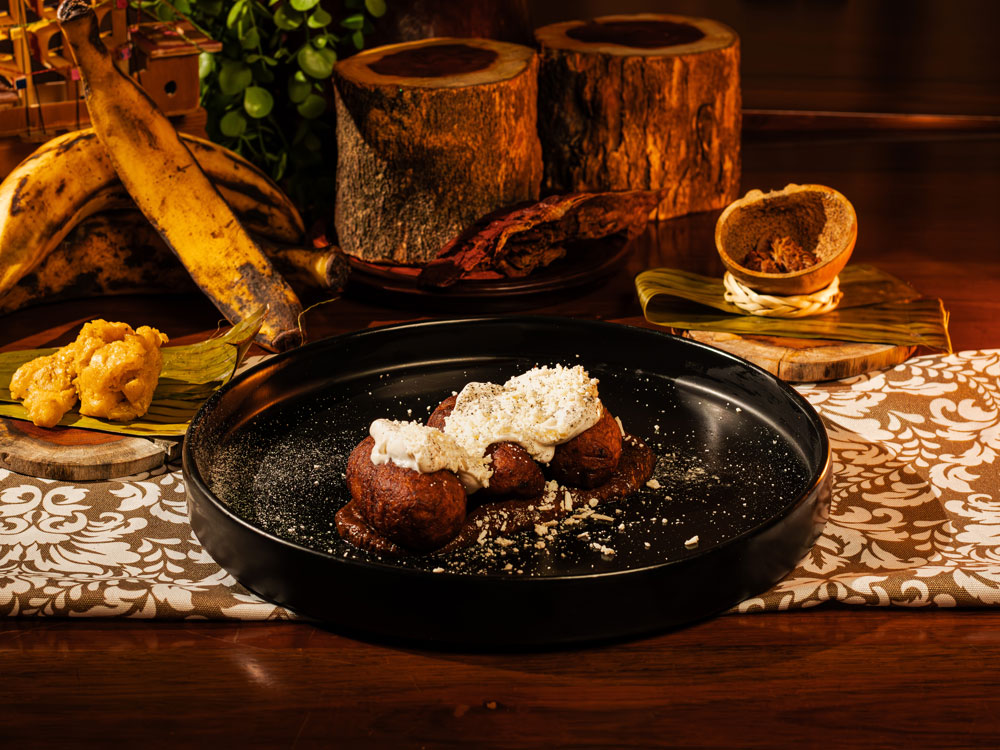
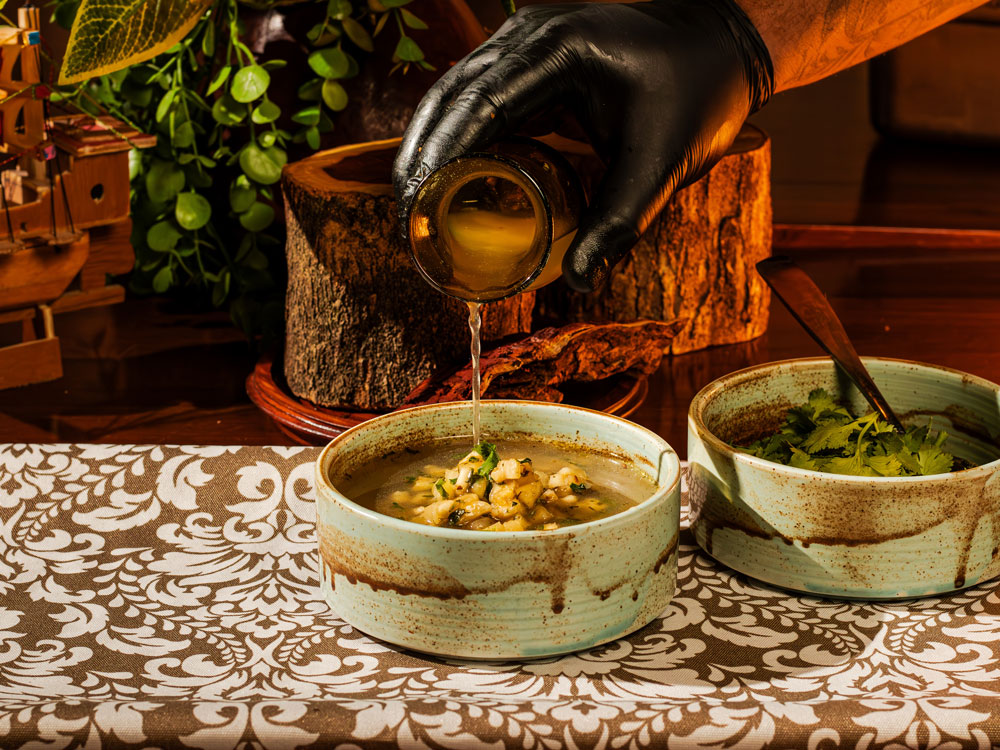
Cinco datos curiosos de palizada

Mango embroidery is characteristic of the handicrafts of Palizada.

The third Statue of Liberty was in Palizada.
First: Paris 1840
Second: New York 1886
Third: Palizada 1949
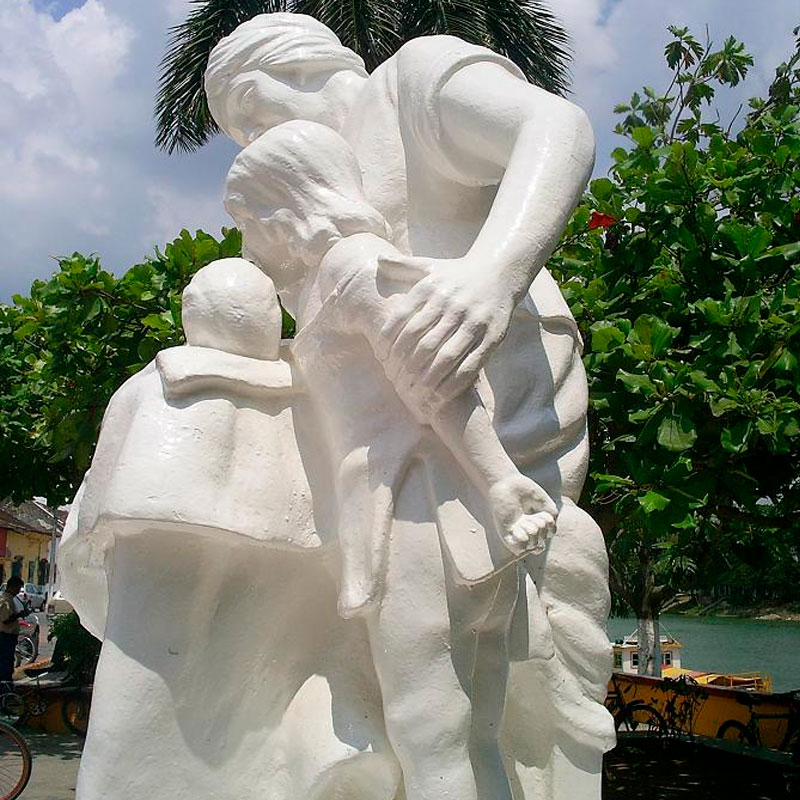
The statue of the mother has 6 fingers because the mother of the sculptors had 6 fingers, and they made it in her honor. The sculpture was created by the Calderón brothers, the same ones who made the Statue of Liberty.
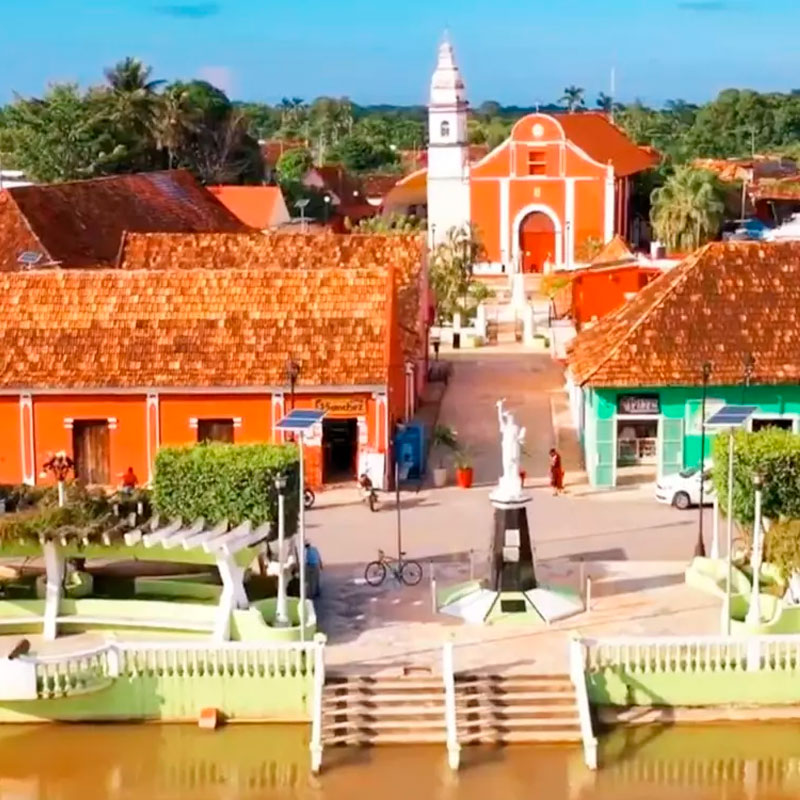
It was the first Pueblo Mágico in Campeche in 2011, where tiles are a main feature, brought from Marseille when logwood was traded.
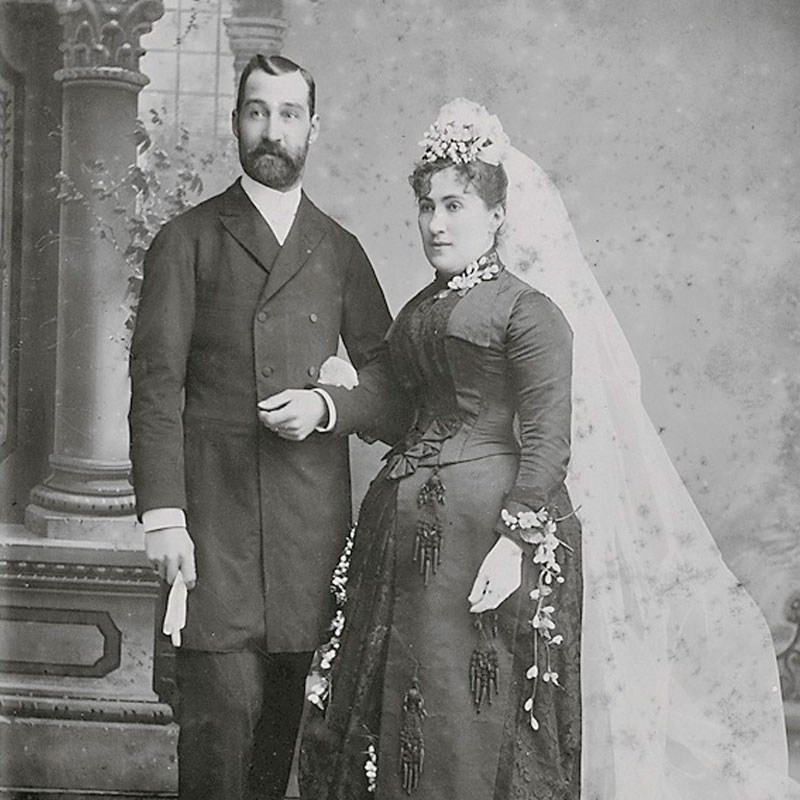
In ancient times, people used to marry in black, and the color black in clothing was reserved for those with great wealth and power. With logwood, a black dye could be extracted for textiles, and since it was customary to pass dresses down from generation to generation, the logwood dye helped preserve the color over time.




